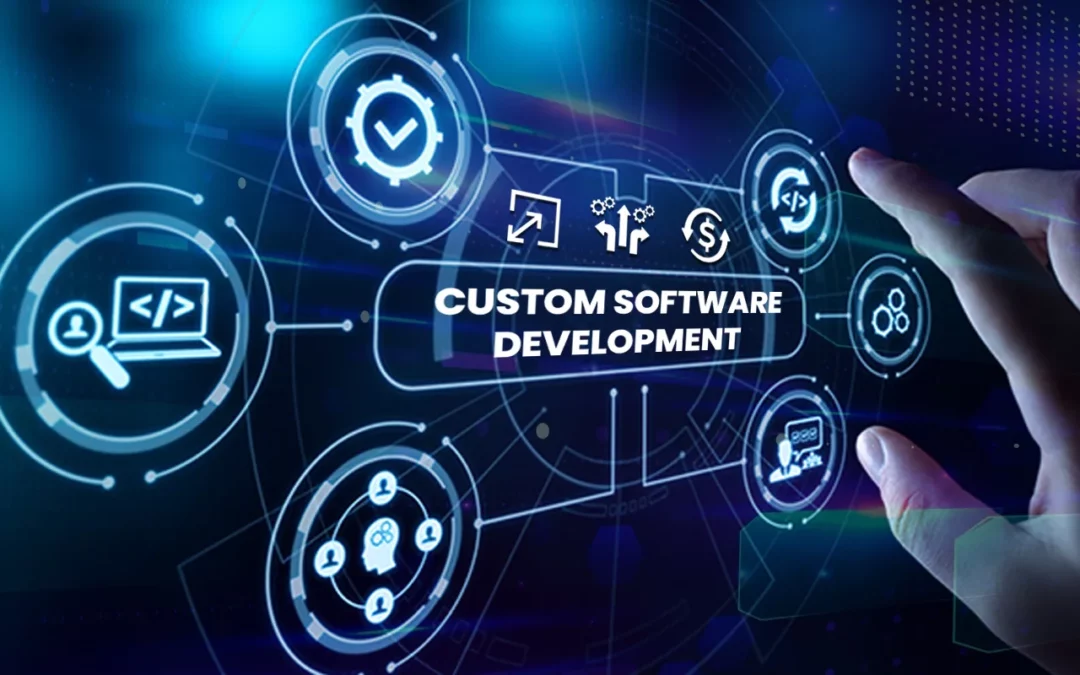Five-year application roadmap. Project milestones. Grand product launches. For many decades, organizations have promoted ambitious goals with strict timelines as a way to manage team productivity and to ensure the business’s sustainability.
But in 2021, the pandemic shook loose every project manager’s carefully laid out Gantt charts. Suddenly, developers had to work from home. Unplanned app features had to be implemented for online retail. The launch date had to be moved up in order to accommodate subscribers clamoring for service.
Depending on the status of the pandemic, resources may or may not have to work from home. Local regulations may or may not affect enterprise projects. Organizations that had rigid processes went back to their drawing boards, got multiple approvals, and reorganized themselves in order to restart the project — only to find that the rules have changed again.
Agile software development teams are built to withstand such disruptions. They adapt to changes. They reevaluate priorities. They can deploy code several times a day. They are not tied up with fixed scope, timelines, or cost, so they are quick to pivot — favoring response to change over following an inflexible plan. The Agile survived.
A quick look at Agile
Agile is the ability to create and respond to change. With an agile mindset applied to life and business, you will be ready to deal with uncertainties and take action regardless of your environment. In software development, the Agile methodology is based on a manifesto that aims to “uncover better ways of developing software”. An Agile software development team is self-organizing, cross-functional, and collaborative. They deliver software in sprints that may last from 2 weeks to 2 months, rather than months or even years. Thus, they are able to receive feedback for a Minimum Viable Product (MVP) from customers immediately. Depending on how the product is received by the users or the market, the team will respond by staying the course or pivoting to a new strategy.Time to pivot
Looking back, there is wisdom in linear, sequential planning — or the Waterfall Methodology, as applied to development projects. It roots from manufacturing, when businesses built massive, immovable structures. A bridge, for example, is carefully conceptualized, designed, and planned by architects and engineers. Construction workers build the structure according to specs. Then, when each piece of the bridge is in place, the public will be able to drive on it for the first time. On the other hand, Agile is more like building a house. You don’t just turn over the plans to your contractor and then come back when the whole house is finished. You catch up with your foreman on a regular basis. You give feedback. Maybe the kitchen sink is too low, and you do not want to spend the rest of your life hunched over the dirty dishes. You change it now rather than give yourself a bad back later. Software Development is even more aligned with Agile. Software changes throughout its lifetime, depending on what customers need. Our tools to create software allows us to be Agile. It’s about time our ways of working become Agile too.Why Agile
Today is a good day for organizations to make the shift to Agile. Here’s why.- Create software that brings value to customers. In a traditional framework, the development team may have sought the insights of customers during the planning phase. But their inputs are missing in the rest of the project stages: design, development, testing, and the entire implementation. In the end, the team is making a bet on whether the customers will accept the team’s interpretation of how a product should work. On the contrary, in Agile, the team keeps the customer in the loop and uses their feedback to continuously improve software. Thus, in case the first version does not deliver value to the customer as expected, this feedback will immediately inform development for the next version. The team may pivot early in the game because the market demands it. When the software delivers what customers actually need, they will keep using it. As an example, Stratpoint Technologies facilitates frequent releases of the Globe at Home app in order to keep elevating the app experience.
- Go to market faster. The perfect app at its end state may take years to build. By that time, the business scenario may have already changed, rendering the software imperfect after all. In Agile, the team deploys a Minimum Viable Product (MVP), a version of the software with just enough features to validate its viability. You can deliver an MVP in as little as 2 weeks, giving you the advantage to inspire loyalty among your customers by your quick service and to dominate the market early by being the first to launch groundbreaking features. Stratpoint Technologies delivered a working knowledge app for Globe’s field technicians in only 4 weeks. In the event that a product is not viable and you have to abandon a project, early feedback and subsequent pivot saves you time and investment.
- Be ready for anything. These days, companies have to anticipate government announcements regarding who is allowed to come to work, how many customers can be accommodated in a physical space, mobility guidelines, and more. These changes affect projects, schedules, and ways of working. When a team is agile, they work on a project in short sprints, making it more manageable to make changes even with short notice. In the case of Stratpoint Technologies’ own health monitoring and contact tracing app, we had to implement multiple revisions to remain compliant with the regulations of the national and the local government. It was inevitable — the science behind COVID symptom monitoring and contact tracing is continuously being updated. An Agile approach made it possible for our app to keep up.




